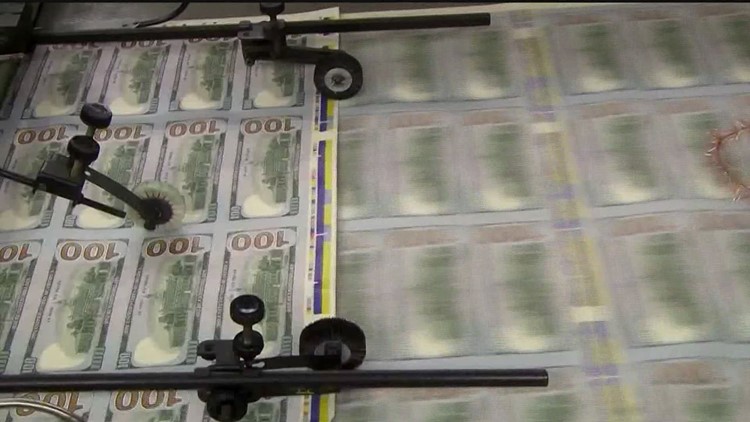CARLSBAD, Calif. — Advanzeon Solutions, a Florida company that provides treatments for sleep apnea through a network of doctors and clinics, is a small business by any definition: It has just two full-time employees, according to regulatory filings. In late April, Advanzeon got a loan from the federal Paycheck Protection Program for just over $1.2 million, or $621,900 per employee.
Neither of the two companies returned CBS MoneyWatch's request for comment for this story. There are no allegations of illegality associated with either of the companies' PPP loans. And under the program's restrictive spending rules, neither company would be able to pay out anywhere close to the hundreds of thousands of dollars they received per employee.
Advanzeon and Buzztime are among nearly 90 companies that have received more PPP money than they can spend under the program's rules, based on a CBS MoneyWatch analysis of filings by public companies.
The $660 billion low-interest loan program was designed to keep millions of workers at small businesses on the payroll and off unemployment during the worst of the coronavirus pandemic. Under current rules, at least 75% of a company's PPP loan must be spent on employee pay and benefits, with a cap of $100,000 worth of annual compensation per employee. The money also must be spent over eight weeks for the loan to be forgiven. That works out to a maximum of nearly $21,000 per employee over eight weeks, before the costs of health insurance and other benefits.
More than 350 publicly traded companies have reported getting a total of nearly $1.2 billion in PPP loans. Some have since returned the money amid a backlash against larger companies with access to capital markets tapping a rescue fund aimed at Main Street businesses. But that's only a small fraction of the roughly 32,000 PPP loans of $2 million or more, which total about $125 billion, or nearly 20% of the entire program's relief money.
The Small Business Administration said in a joint statement with the Treasury Department earlier this month that "it will review all loans in excess of $2 million, in addition to other loans as appropriate, following the lender's submission of the borrower's loan forgiveness application." The Treasury Department deadline for companies to return loans without penalty was May 18.
Some small business banking experts expect the Treasury Department to announce changes to the program that could lower the share of PPP loan money that companies must use to pay employees, compared with other significant business expenses like rent. The government is also widely expected to give companies more time to use their PPP loans amid complaints by many small businesses that the eight-week window is too restrictive while lockdowns persist and potential customers sit on the sidelines.
The program allows companies to get a 1% loan backed by the government. Companies can borrow up to 2.5 times their monthly payroll, including benefits. It is chiefly aimed at helping companies with 500 or fewer workers cover their employee costs for two months.
Advanzeon, the sleep apnea company, had reported payroll and related costs for all of 2019 of $512,844, or about $43,000 a month. Based on that, the company would be eligible for $107,000 in Paycheck funds. Instead, it got nearly 12 times that amount — enough to cover its monthly payroll for more than two years, in a loan made by San Francisco-based Mechanics Bank
At Buzztime, covering the estimated payroll costs of 17 employees for about eight weeks would have added up to around $430,000, according to a financial adviser to small businesses who has prepared dozens of PPP loan applications for clients. (The adviser asked CBS News to remain anonymous in return for sharing his insights.) Buzztime got three times that amount in a loan from Farmington, Michigan-based Level One Bank.
The sheer magnitude of the federal loan program — which has scrambled to distribute $660 billion to millions of small businesses in just over a month — created confusion for banks and businesses. Erik Asgeirsson, president and CEO of CPA.com, told CBS News that many businesses applied before the Paycheck program rules were firmly established.
In the rush to access the SBA funds, businesses of all sizes tried to get whatever money they could under the rules.
"Everybody is aware that there's going to be reviews of how these programs have worked. That always happens," Asgeirsson said. "You can look back at the disaster relief programs under Hurricane Sandy, you could look back at the TARP program [during the financial crisis]. So people should be ready to explain why they applied for a loan."
First published on May 19, 2020 / 2:59 PM
© 2020 CBS Interactive Inc.. All Rights Reserved.



